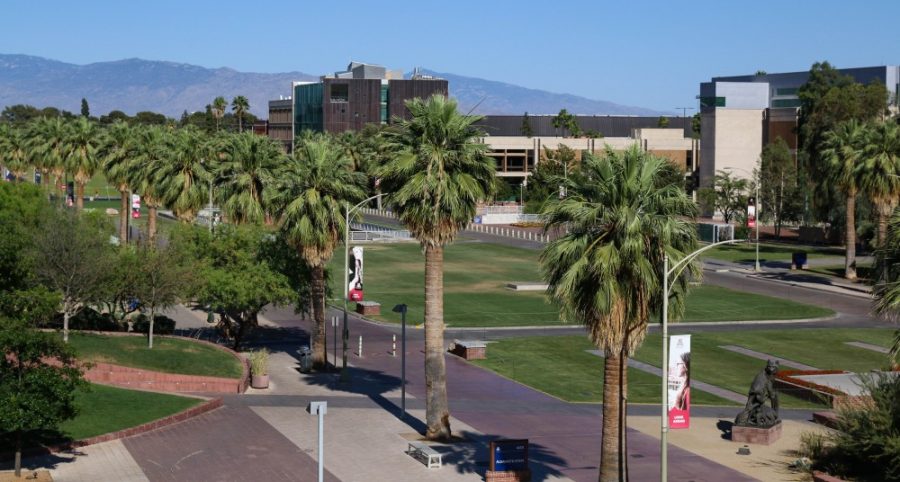Click here to read more content from our 2018 Orientation Guide!
One of the University of Arizona’s primary goals is to engage its students, faculty, staff and campus communities with diverse and inclusive values, according to its vision statement. To achieve inclusive excellence, the university provides several opportunities to interact with people from varying background experiences. With more than 600 student clubs and organizations, getting to know the cultural and resource centers is one way to get involved with your UA campus community.
RELAED: Looking back on Arts & Life
Asian Pacific American Student Affairs (APASA)
Established in 1993, APASA is dedicated to developing and maintaining an inclusive environment that fosters a sense of belonging and appreciation for the diversity not only among Asian American and Pacific Islanders but also in the entire UA community.
Located on the second floor of the Robert L. Nugent building, the center provides students an environment to meet new people, offers academic support and aims to increase awareness of the experiences and issues facing the diverse communities represented by APASA.
APASA has several clubs including the Vietnamese Student Association, two sororities, Alpha Phi Gamma and Delta Chi Lambda, and one fraternity, Pi Alpha Phi.
Native American Student Affairs (NASA)
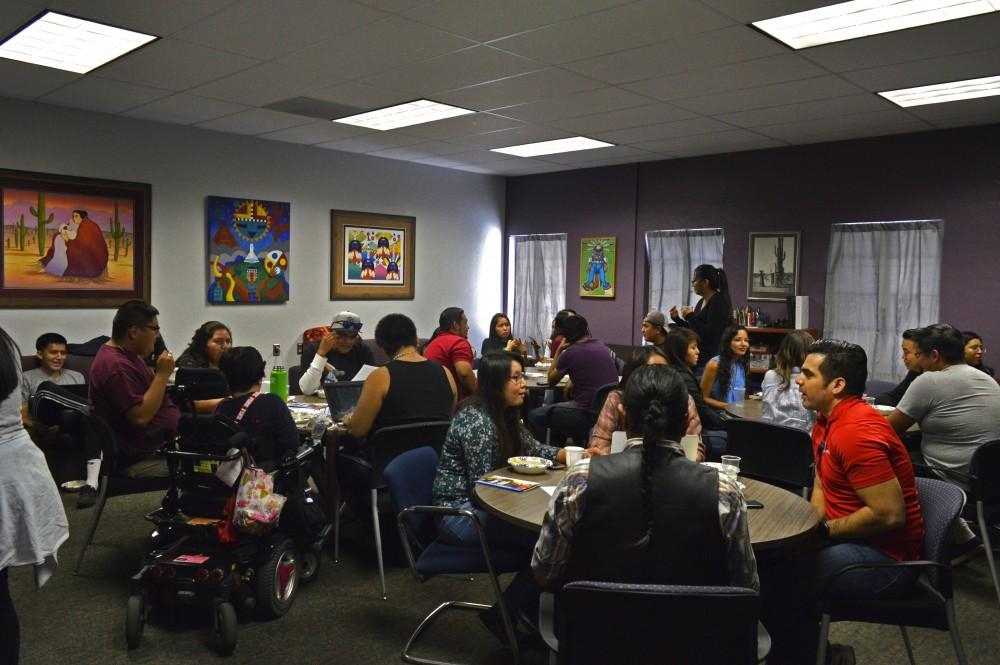
According to its website, NASA provides “culturally sensitive academic counseling and support services to American Indian/Alaskan Native students enabling them to achieve academic excellence.”
NASA hosts programs such as the Early Academic Outreach Native American Science & Engineering Program and Native SOAR, which pairs mentor college students with Native American high school students.
Other clubs and organizations in NASA include Native American Law Student Association, Indigicat Student Association, American Indian Alumni and American Indian & Indigenous Health Alliance. NASA is located in the Robert L. Nugent building room 203.
LGBTQ Affairs
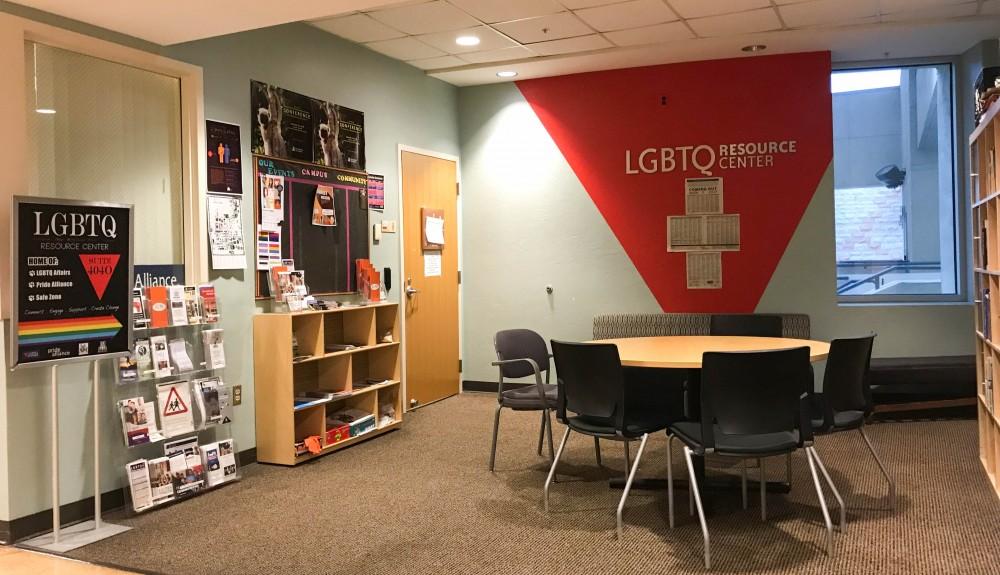
The LGBTQ Resource Center, located in the Student Union Memorial Center, fosters safe and inclusive environments of all gender identities and sexual orientation for UA students, faculty, staff and communities by providing programs, training and events. The center serves as a hub for many of the LGBTQ initiatives on campus and houses multiple student organizations such as Pride Alliance, oSTEM (Out in Science, Technology, Engineering and Mathematics), AROspACE discussion group for individuals who identify on the asexual and/or aromantic spectrum, the QTPOC discussion group for queer and trans people of color and many others.
RELATED: UA strategic plan; Where are we now?
African American Student Affairs (AASA)
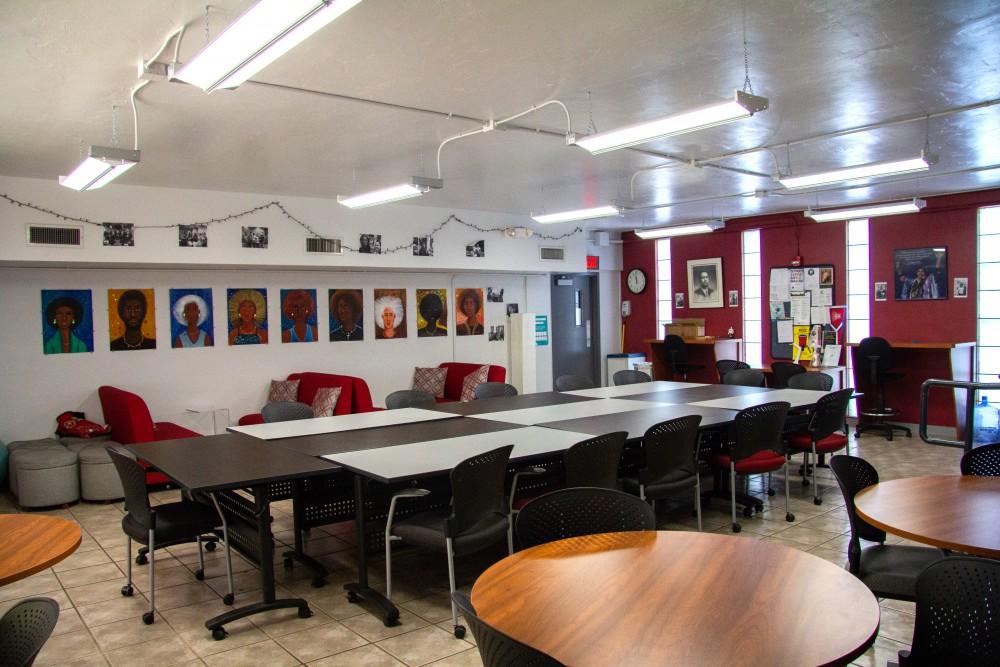
AASA’s mission is to facilitate a support system to help students achieve academic excellence and an enriching African American cultural experience at UA. The center has several programs including B.L.A.C.K (Building Leaders and Creative Knowledge), a residential program that incorporates cultural knowledge and experiences with academic support in a living learning community, Sista Chat, which helps retain and graduate women of color and MOCA (Men of Color at UA) which helps to retain and graduate men of color. AASA is in the Dr. Martin Luther King Jr. Building and open Monday through Friday 10 a.m. until 7 p.m.
Women’s Resource Center (WRC)
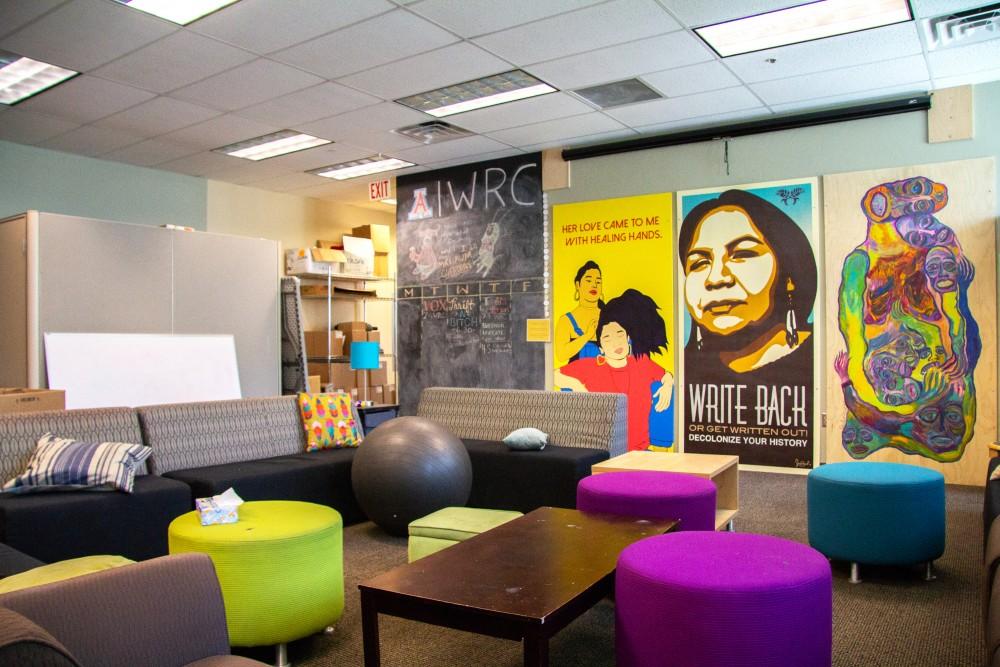
The WRC “strives to create change on campus in response to sexism and misogyny” through activism, social work and educational programming that supports all identities.
Some of the center’s programs and clubs include FORCE (Feminists Organized to Resist, Create, and Empower), SPEAC (Students Promoting Empowerment and Consent) and VOX (Voices for Planned Parenthood).
The center is located inside the Center for Student Involvement and Leadership (CSIL) on the fourth floor of the SUMC.
Other campus cultural and resource centers
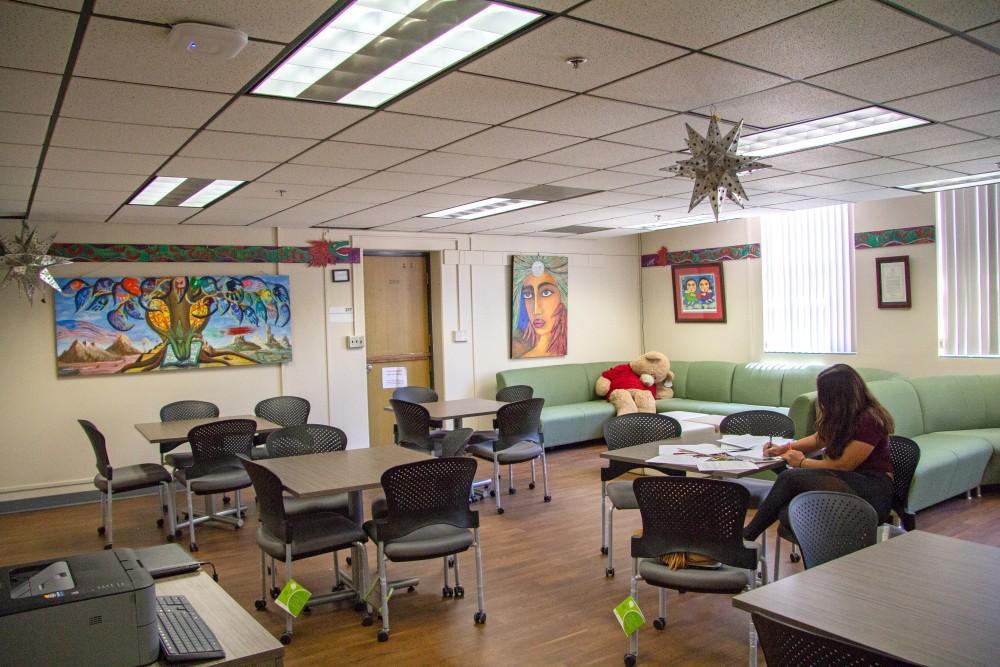
The Adalberto & Ana Guerrero Student Center’s mission is to create a safe and welcoming environment that supports academic success, develops leadership and embraces Chicano/Hispano students’ cultural identity. The center is located in the César E. Chávez building, Room 217, and includes clubs and organizations like M.E.Ch.A. (Movimiento Estudiantil Chicano de Aztlán), a national student organization that unites Chicano students in their quest to enhance the development of La Raza through education, the Association of Latino Professionals For America and the Society of Hispanic Professional Engineers.
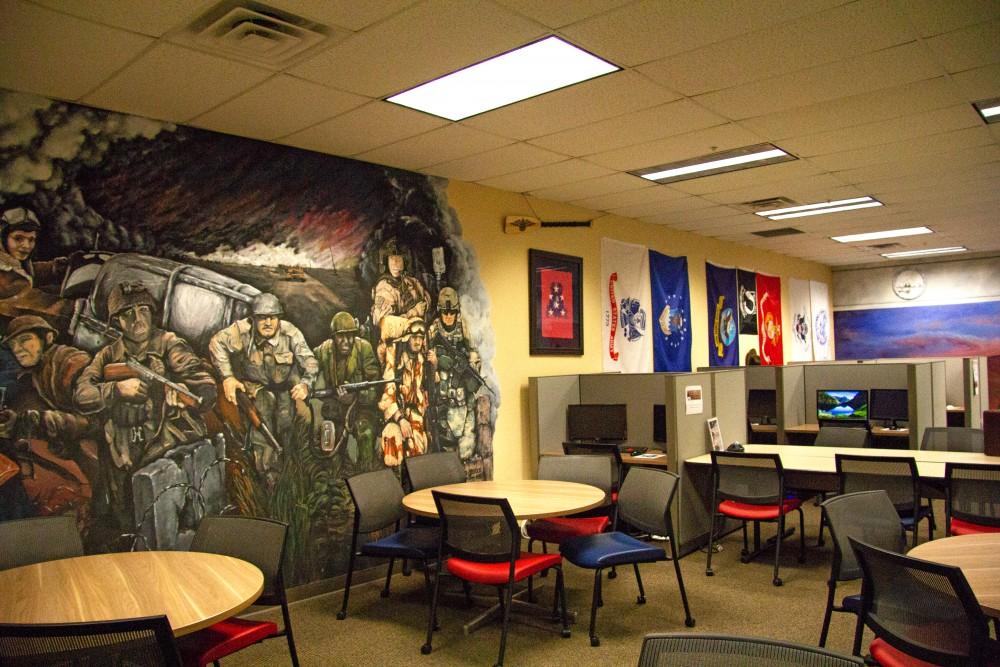
Other centers include the Disability Resources Center, International Student Services, Strategic Alternative Learning Services, the Center for English as a Second Language, Veterans Education and Transition Services (VETS) and more.
Follow Pascal Albright on Twitter



